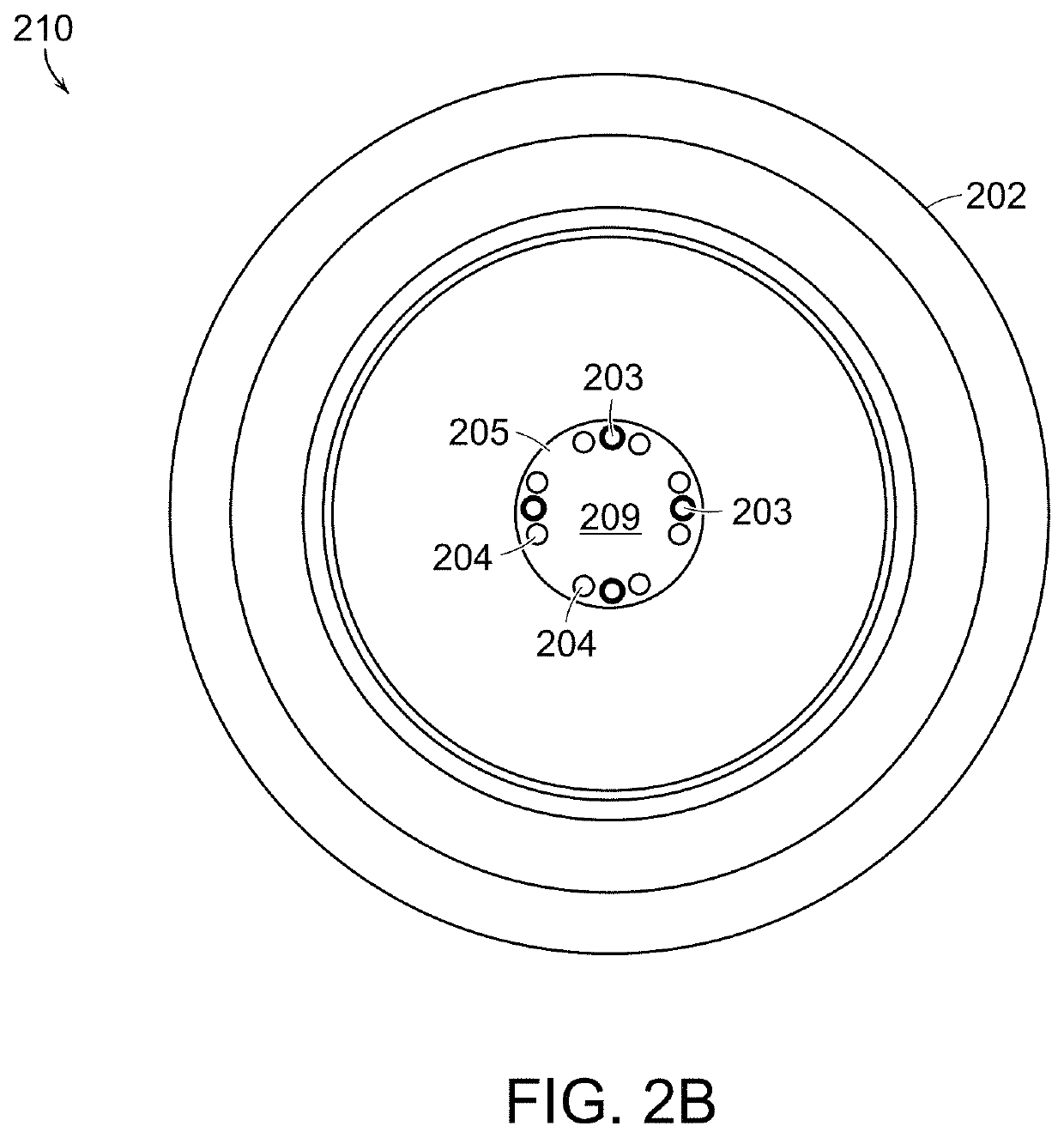Systems and methods for diagnosis of middle ear conditions and detection of analytes in the tympanic membrane
a technology of tympanic membrane and middle ear, applied in the field of otolaryngology, can solve the problems of difficult to make a rapid and accurate many patients being over-treated for their condition, and difficulty in reliable diagnosis of middle ear conditions
- Summary
- Abstract
- Description
- Claims
- Application Information
AI Technical Summary
Benefits of technology
Problems solved by technology
Method used
Image
Examples
Embodiment Construction
[0038]Standard otoscopic evaluation currently requires subjective visual interpretation of white light reflecting off the tympanic membrane and the middle ear promontory. In other words, the entire process of examining the normal structure, diagnosing diseases, and providing critical input for therapy relies extensively on human recognition of morphologic patterns in vivo. This approach, which is the basis for current decision-making, has been shown to be less than ideal for a number of conditions in particular when it relates to ear examination. More specifically, congenital cholesteatomas tend to be asymptomatic until they reach a significant size, and successful outcomes rely on an astute clinician to make a diagnosis before the lesion causes significant damage to middle ear structures. Detection of congenital cholesteatomas with simple otoscopic examination can be missed altogether or confused with normal conditions such as myringosclerosis. Investigators have opined that even o...
PUM
| Property | Measurement | Unit |
|---|---|---|
| wavelength | aaaaa | aaaaa |
| excitation wavelength | aaaaa | aaaaa |
| diameter | aaaaa | aaaaa |
Abstract
Description
Claims
Application Information
 Login to View More
Login to View More - R&D
- Intellectual Property
- Life Sciences
- Materials
- Tech Scout
- Unparalleled Data Quality
- Higher Quality Content
- 60% Fewer Hallucinations
Browse by: Latest US Patents, China's latest patents, Technical Efficacy Thesaurus, Application Domain, Technology Topic, Popular Technical Reports.
© 2025 PatSnap. All rights reserved.Legal|Privacy policy|Modern Slavery Act Transparency Statement|Sitemap|About US| Contact US: help@patsnap.com



